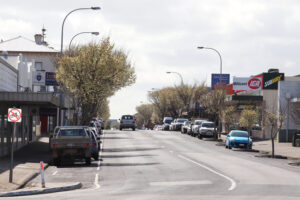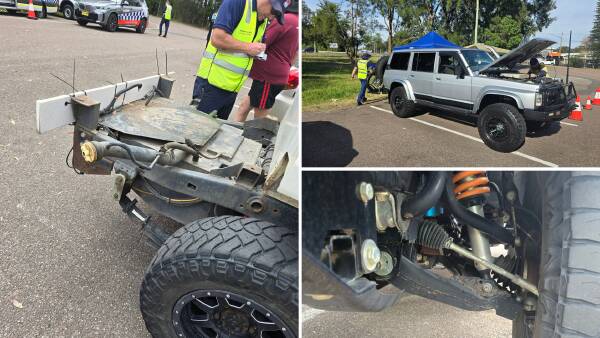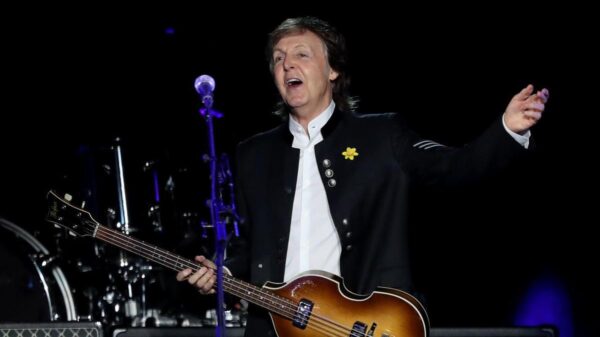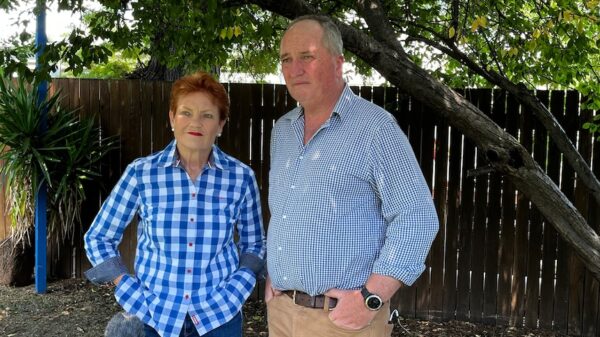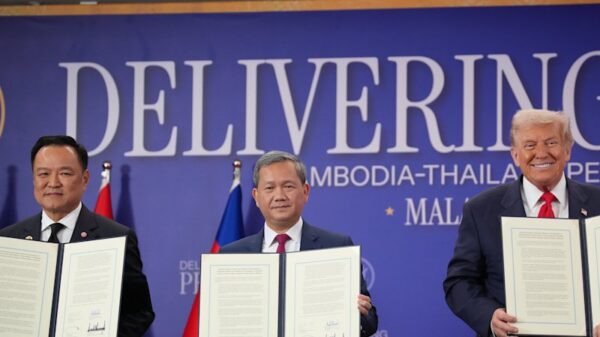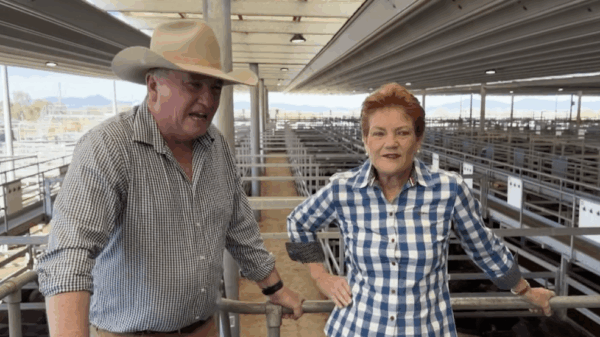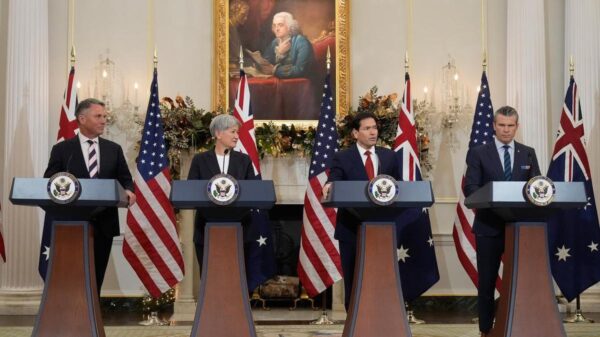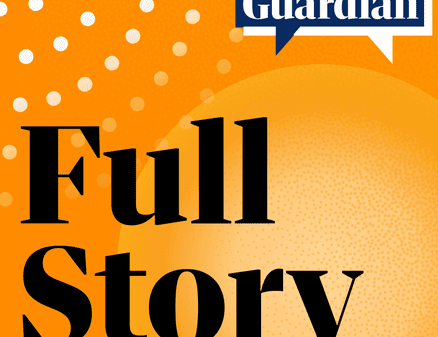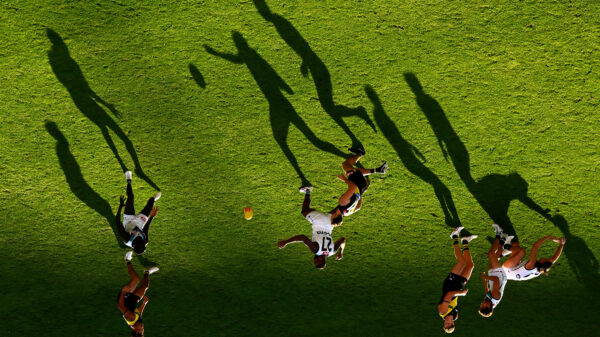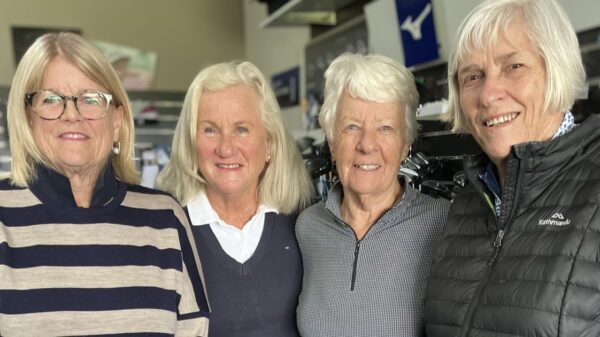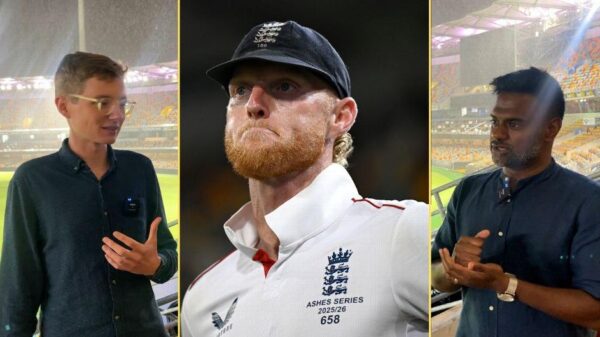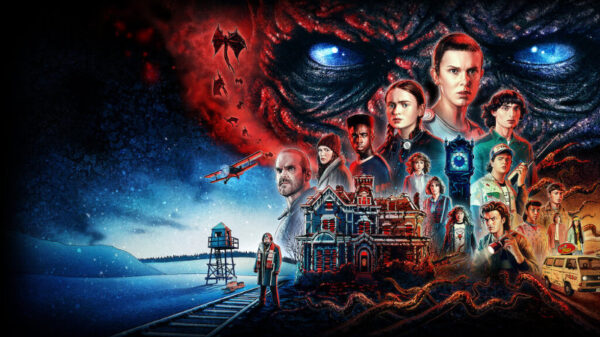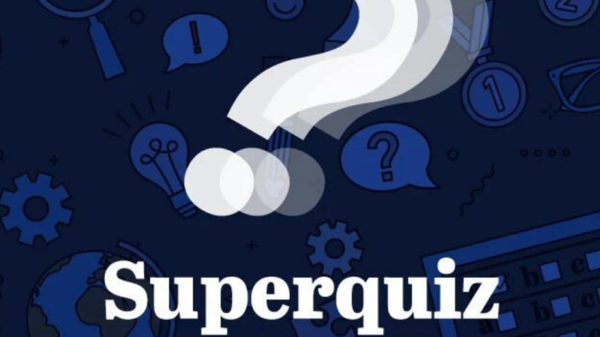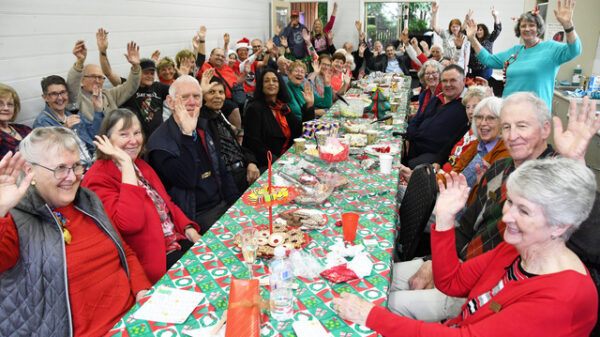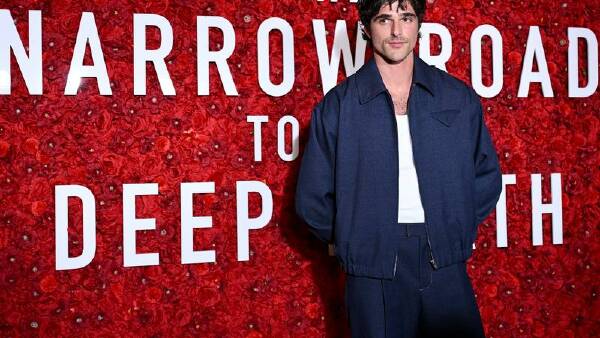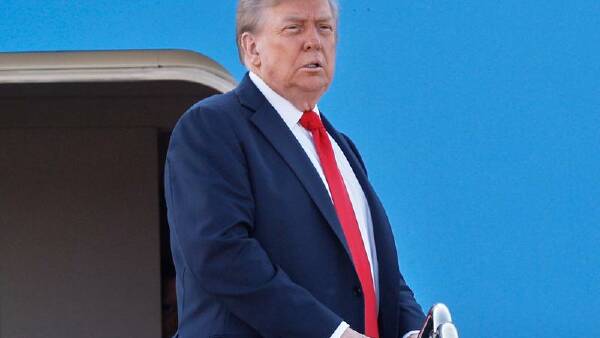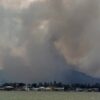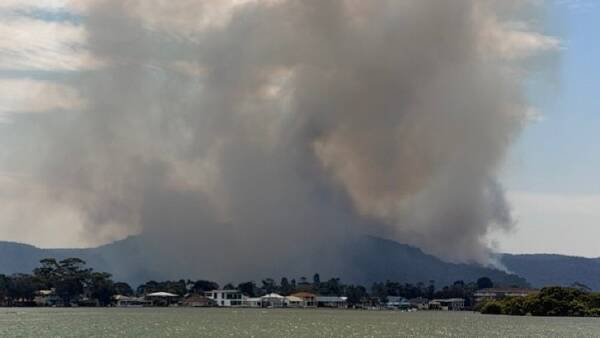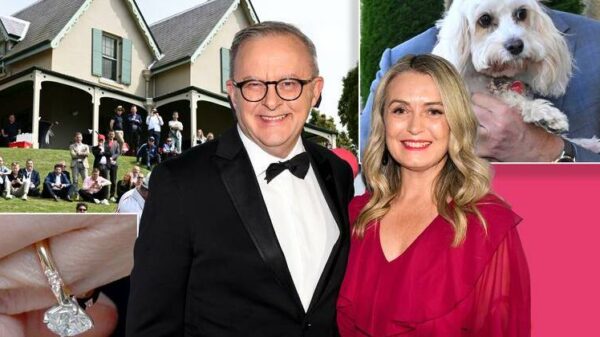Donald Trump has expressed a strong desire for a rapid ceasefire in Ukraine as he prepares to meet with Russia’s President **Vladimir Putin** in Alaska. The upcoming summit, scheduled for **March 15, 2024**, aims to address the ongoing conflict, which has become the deadliest war in Europe since World War Two.
The meeting, expected to last between six to seven hours, has raised concerns among Ukrainian officials and their European allies. They fear that Trump may propose terms that could effectively freeze the conflict and recognize Russian control over parts of Ukraine. As Trump boarded **Air Force One**, he sought to alleviate these worries, stating, “I’m not here to negotiate for Ukraine, I’m here to get them at a table.” He emphasized that any potential territorial adjustments should be left to Ukraine to decide.
Trump has framed the war as a “bloodbath” and underscored his intention to broker a truce that could enhance his reputation as a global peacemaker and potentially lead to a Nobel Peace Prize nomination. He stated, “I want to see a ceasefire rapidly… I’m not going to be happy if it’s not today… I want the killing to stop.”
The summit will take place at a Cold War-era air force base in **Anchorage, Alaska**, where both leaders are seeking significant outcomes. For Trump, a successful meeting could bolster his credentials. For Putin, the opportunity to engage directly with the U.S. leader offers a chance to assert Russia’s position on the international stage, countering years of Western isolation efforts.
Ahead of the summit, Russian special envoy **Kirill Dmitriev** described the atmosphere as “combative” and noted that discussions would encompass a broad range of bilateral relations beyond just Ukraine. In a symbolic gesture, Putin laid flowers at a memorial in Russia’s Far East, commemorating U.S.-Soviet cooperation during World War Two, on his way to the summit.
While Trump has previously claimed he could resolve the conflict within 24 hours, he acknowledged the complexity of the situation, stating it has proven to be “a tougher nut to crack than I thought.” He indicated that if the initial talks yield positive results, arranging a subsequent trilateral meeting with Ukrainian President **Volodymyr Zelenskiy** would be crucial.
Zelenskiy, not included in the Alaska talks, has expressed skepticism about the summit’s potential. He noted that aggression continues, with reports of a recent Russian missile strike in the **Dnipropetrovsk region**, resulting in one death and several injuries. Zelenskiy conveyed his frustration on the Telegram messaging app, saying, “On the day of the negotiations, they also kill people. And that says a lot.”
Despite the ongoing violence, there are signs that Russia may be open to compromise due to economic pressures. Some analysts suggest that Putin, aware of the costs of continuation, might consider a ceasefire along existing front lines, contingent on security guarantees regarding NATO’s expansion and the lifting of certain Western sanctions.
Ukrainians, however, remain doubtful about the outcomes of the summit. In **Kyiv**, local residents expressed their concerns that no resolution would emerge. **Tetiana Harkavenko**, a 65-year-old cleaner, stated, “Nothing good will happen there because war is war; it will not end. The territories – we’re not going to give anything to anyone.”
As the world watches this pivotal meeting unfold, the stakes for both leaders are high, with potential implications that could reshape diplomatic relations and the future of Ukraine.

